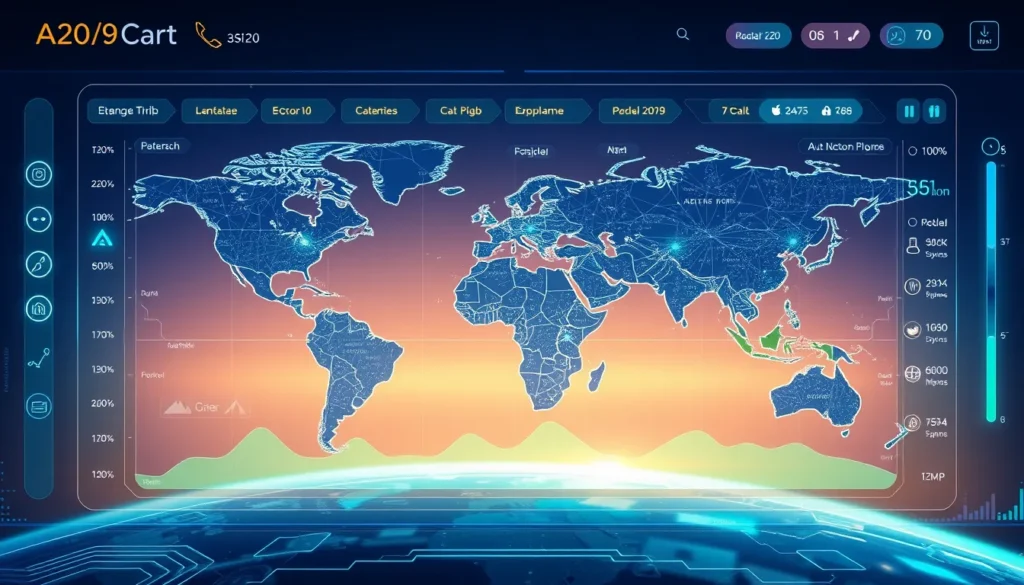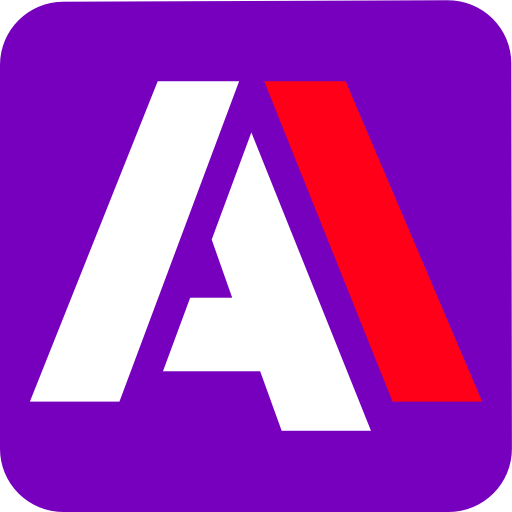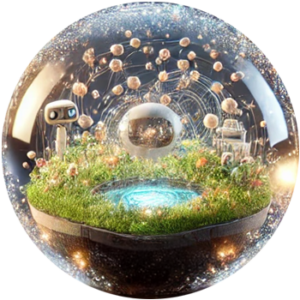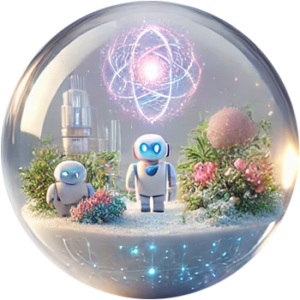Now Reading: Innovative ChatGPT SDK: Transforming App Development with AI
-
01
Innovative ChatGPT SDK: Transforming App Development with AI
Innovative ChatGPT SDK: Transforming App Development with AI

Innovative ChatGPT SDK: Transforming App Development with AI
The evolution of artificial intelligence continues to redefine the way we interact with technology, and the introduction of the ChatGPT SDK is at the forefront of this transformation. This breakthrough tool allows developers to harness the power of AI for integrated ChatGPT apps, offering endless opportunities to create personalized, AI-powered interactions. In this article, we explore what the ChatGPT SDK is, its capabilities, and how it can be leveraged to build and integrate applications within ChatGPT, setting a new standard in app development.
Understanding the ChatGPT SDK and Its Capabilities
The ChatGPT SDK is a comprehensive toolkit designed to extend the functionality of ChatGPT beyond a simple conversational agent. It provides developers with the resources to seamlessly embed traditional applications into an AI ecosystem. This SDK not only supports the creation of interactive experiences but also enhances digital creativity by fusing conventional app development with advanced natural language processing.
Enabling Seamless Integration for AI-Powered Interactions
With the ChatGPT SDK, developers can create rich, interactive interfaces that make AI-powered interactions feel natural and intuitive. Key features include:
- Integration with existing systems and APIs
- Customizable modules for enhanced functionality
- Scalable solutions for both startups and large enterprises
- Support for multiple programming environments
By integrating these capabilities, businesses can now strike the perfect balance between automated assistance and human-like interaction, refining user experiences in industries ranging from customer service to creative design.
How to Build and Integrate Applications within ChatGPT
One of the standout aspects of this innovation is its ability to allow developers to build and integrate applications within ChatGPT. This focused section delves into practical strategies and best practices:
- Plan Your Integration: Understand the existing workflow and identify where ChatGPT can add value. Mapping out user journeys is crucial when designing your app integration.
- Utilize the SDK: Leverage the provided tools and libraries to extend ChatGPT’s functionality. The modular design makes it easier to incorporate new features and update them over time.
- Optimize for Conversational Interfaces: Remember that users expect a seamless conversational experience. Techniques such as precise command interpretations and contextual responses are essential.
- Test Rigorously: Ensure robust security and performance through comprehensive testing, including usability and stress tests.
By following these steps, developers can not only create integrated ChatGPT apps with ease but also ensure that the end product delivers personalized experiences that meet modern user expectations.
Benefits of Integrated ChatGPT Apps
The ChatGPT SDK opens new doors for both small developers and large corporations. Some of the significant benefits include:
- Enhanced User Engagement: Integrated ChatGPT apps provide a smoother, more immersive experience, reducing the friction of traditional user interfaces.
- Cost-Efficient Development: Businesses can integrate existing solutions with minimal overhead, cutting down on the need for extensive re-platforming.
- Scalability: Whether you are a startup or an established enterprise, the flexibility of the SDK allows your app to grow alongside your business needs.
- Personalized Interactions: Using artificial intelligence to customize conversations, the ChatGPT SDK facilitates highly relevant user interactions.
Real-World Examples and Partnerships
The impact of the ChatGPT SDK is already being observed in the industry. Early adopters such as Canva and Zillow have embraced the potential of integrated ChatGPT apps. These companies are leveraging the SDK to enhance customer support, streamline workflows, and even boost their digital creative processes.
For example, Canva, accessible at Canva, is well-known for its creative design tools and visual content creation. Similarly, Zillow, which you can explore at Zillow, is innovating in real estate by integrating cutting-edge AI tools into its platform.
These partnerships are a testament to how the ChatGPT SDK is bridging the gap between conventional software development and the future of AI-driven applications. By focusing on conversational AI integration, businesses across various sectors are finding new ways to engage and delight their customers.
Future Outlook and Conclusion
As AI continues to evolve, the scope of what is possible with the ChatGPT SDK is only set to expand. Developers now have the opportunity to consider a variety of use cases—from enhancing customer service with real-time support to enabling personalized learning experiences in education and streamlined financial advising. The SDK’s flexibility and robustness make it a vital tool for the next generation of app development.
In conclusion, the ChatGPT SDK is more than just a tool; it is a catalyst for innovation that empowers developers to create integrated ChatGPT apps with ease. It enables digital creativity, promotes seamless integration of traditional applications with AI, and introduces a host of benefits that can transform user experiences. With robust features, real-world success stories from notable companies like Canva and Zillow, and the power to build and integrate applications within ChatGPT, the SDK marks a pivotal shift in the evolution of artificial intelligence and app development.
Developers and tech enthusiasts alike should keep a close eye on this emerging technology as it continues to shape the future of conversational AI and digital interaction. Embracing the ChatGPT SDK today could well be the first step towards unlocking tomorrow’s innovative business solutions.

























